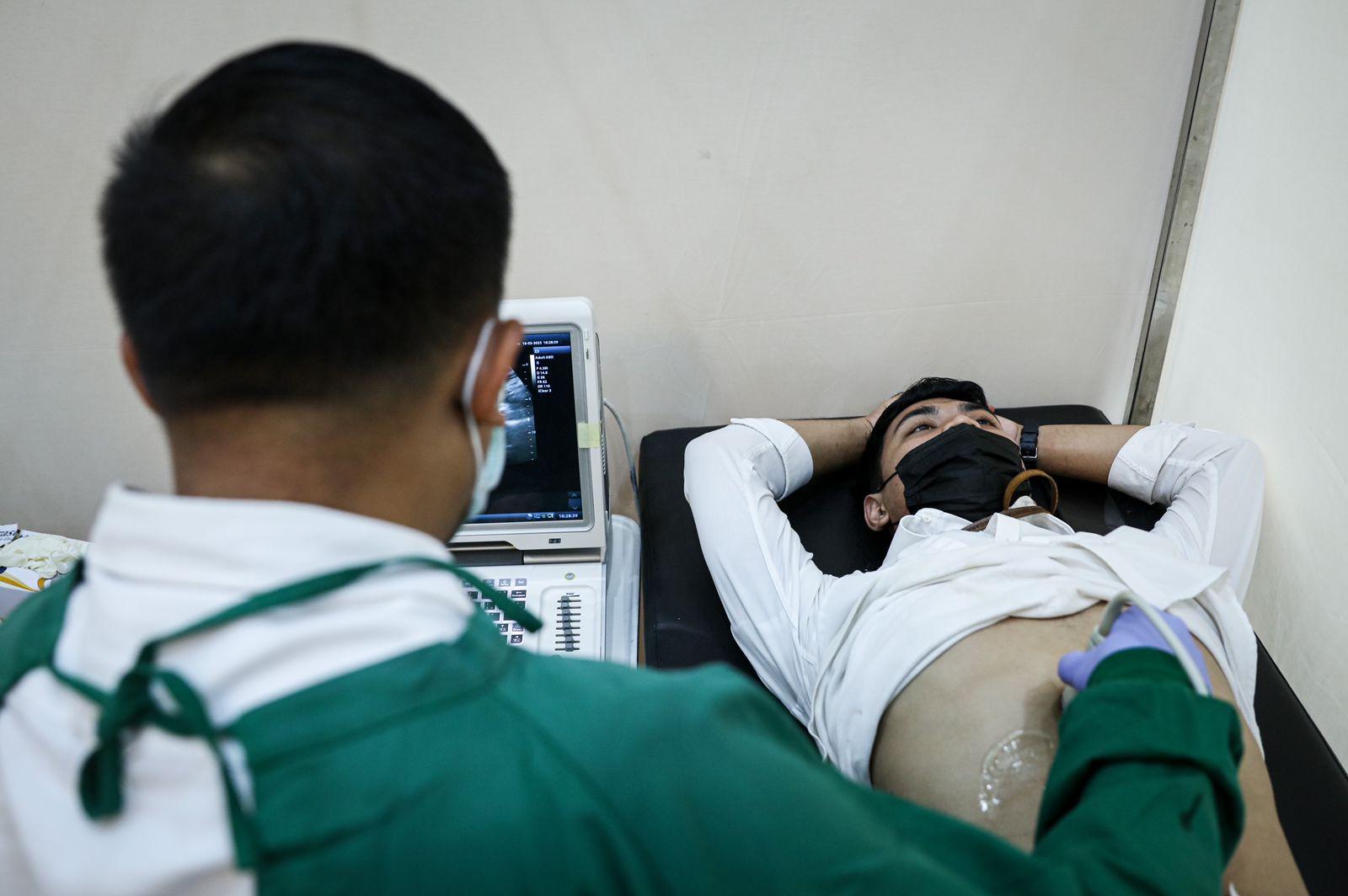
JAKARTA – The Indonesian Fisherman Association (INFISA) is highlighting the fundamental differences between the international medical examination guidelines for general merchant seafarers and those specifically for fishers. INFISA’s General Secretary, Chairul Hadi, urged the Indonesian government, particularly ministries overseeing health and labor, to immediately adopt and implement two distinct sets of regulations to provide targeted health protection for both professions.
The call comes in response to the “Guidelines on the medical examination of fishers” published by the ILO-IMO in 2024 , which is an update and specialization of the “Guidelines on the medical examinations of seafarers” from 2013.
“Equating the health standards of fishers with those of merchant marine seafarers is a mistake,” said Chairul Hadi. “Work on a fishing vessel involves unique risks, a different working environment, and specific physical demands. The new 2024 guidelines specifically address these challenges, and to ignore them is to ignore the specialized safety needs of our members.”
According to INFISA, while both guidelines share a similar foundational framework, their differences are crucial and cannot be overlooked.
Shared Foundational Framework
INFISA explained that both sets of guidelines, issued by the ILO and IMO, share several core principles:
- Primary Goal: To ensure a sea worker is medically fit to perform all routine and emergency duties and does not pose a danger to themselves or others on board.
- Certificate Validity: Medical certificates are valid for a maximum of two years (one year for those under 18), while color vision certification is valid for six years.
- Fundamental Rights: Both frameworks guarantee a worker’s right to privacy of their medical data and the right to an appeal or a second opinion if deemed unfit.
Crucial Sector-Based Differences
Despite the similarities, INFISA emphasized the key differences that necessitate separate regulations:
- Governing Conventions: The seafarer guidelines are based on the Maritime Labour Convention, 2006 (MLC, 2006) and the STCW Convention. In contrast, the fisher guidelines are specifically based on the Work in Fishing Convention, 2007 (No. 188) and the STCW-F Convention (for fishing personnel).
- Occupational Risk Focus: The 2024 fisher guidelines place a much stronger emphasis on understanding the specific occupational risks of the fishing industry. They include a dedicated appendix (Appendix L) on establishing a monitoring program for fishers’ health and occupational risks, particularly for those exempt from mandatory examinations—a feature not present in the general seafarer guidelines.
- Flexibility and Exemptions: The Work in Fishing Convention allows national authorities the flexibility to grant exemptions from medical certificate requirements for fishers on smaller vessels (under 24 meters) or on short voyages (less than three days), a distinction not made in the regulations for general seafarers.
“This global distinction acknowledges that fishers require their own tailored health protection standards. Indonesia, as one of the world’s largest suppliers of fishers, must not lag behind,” Hadi added.
INFISA calls for the Indonesian government, specifically the Ministry of Health, in collaboration with the Ministry of Marine Affairs and Fisheries (KKP) and the Ministry of Transportation (Kemenhub), to promptly draft two separate ministerial regulations. One regulation should be for merchant seafarers, referencing the 2013 guidelines, and another fully adopting the 2024 guidelines for fishers. This move is seen as vital to ensuring every Indonesian sea worker receives health protection appropriate to the risks and realities of their specific job at sea.

